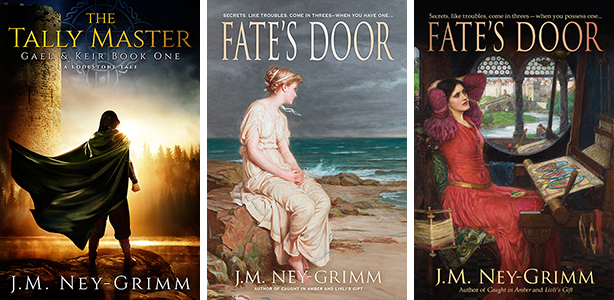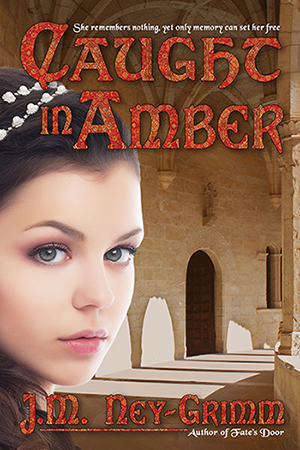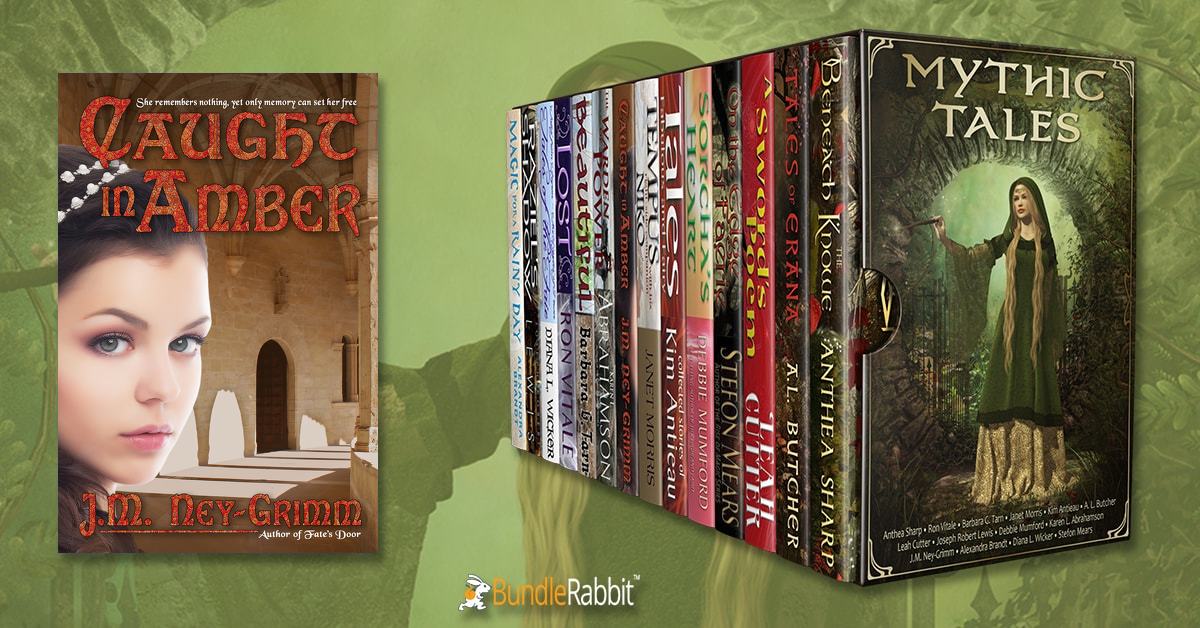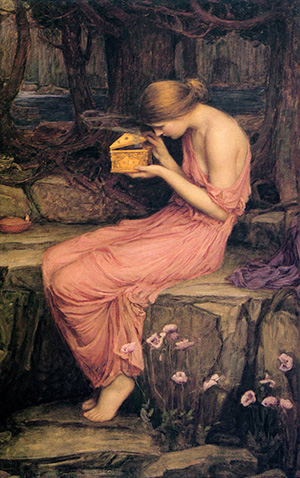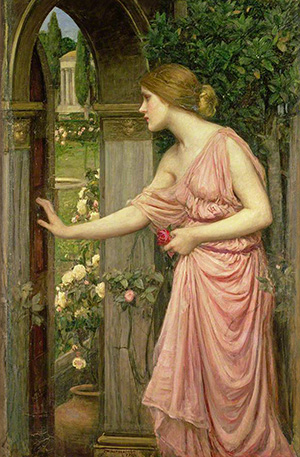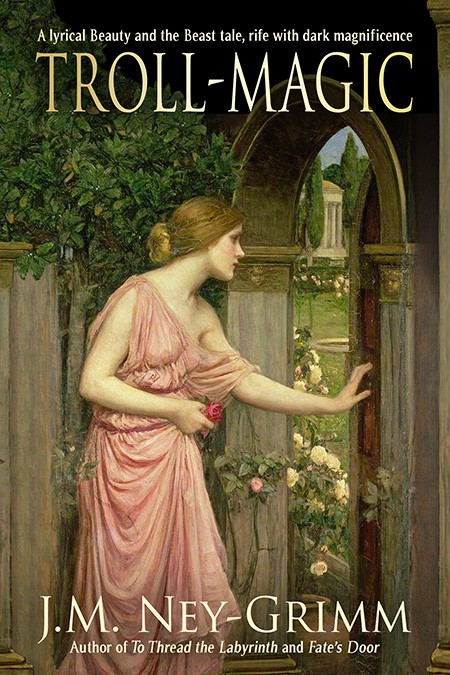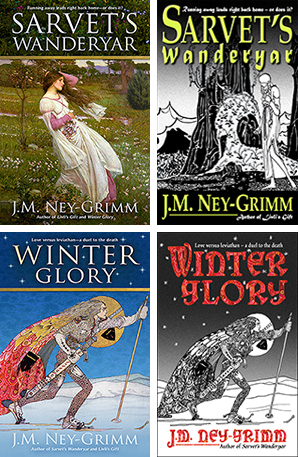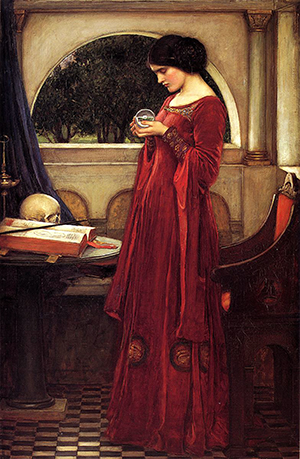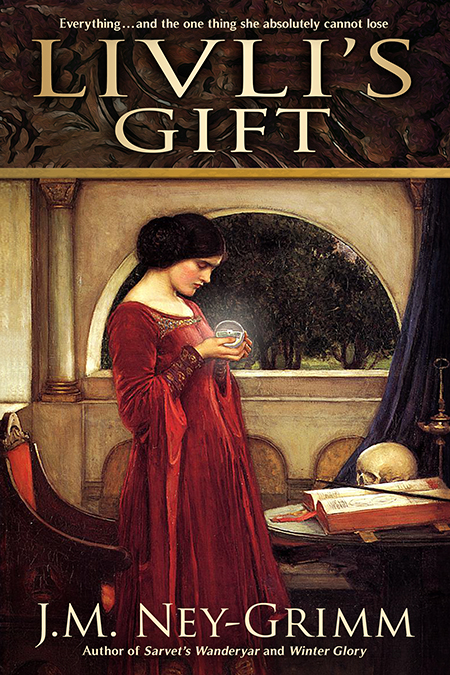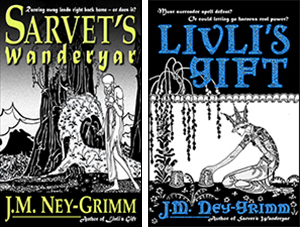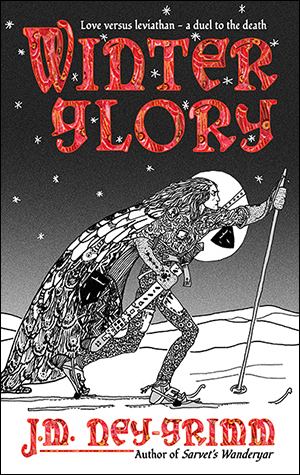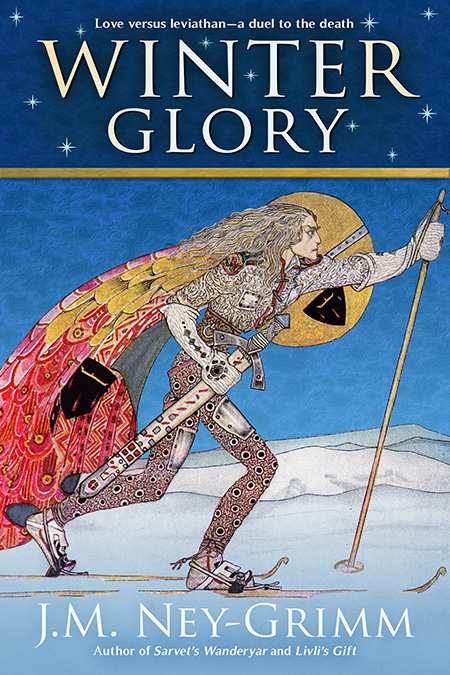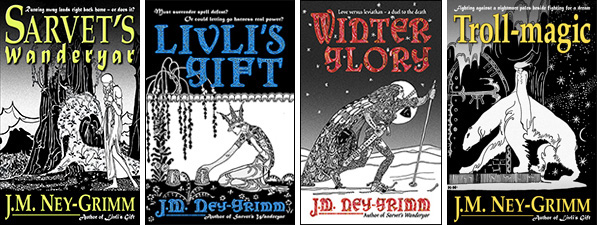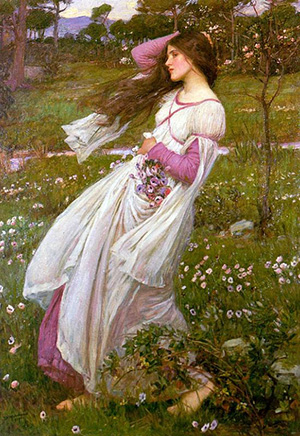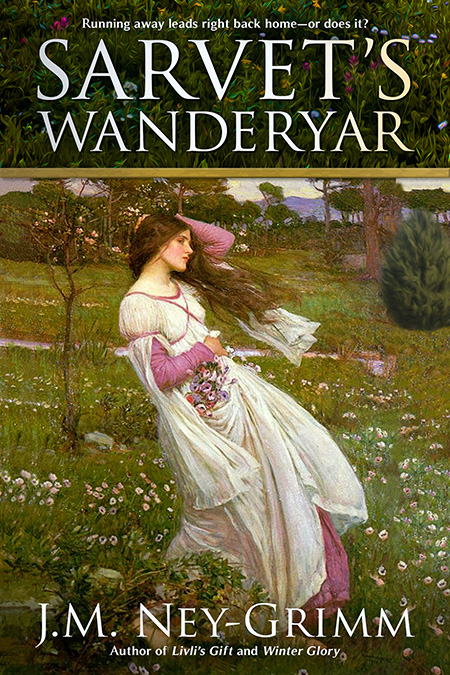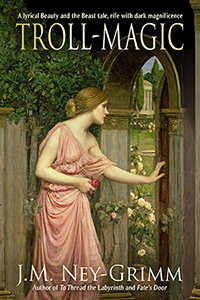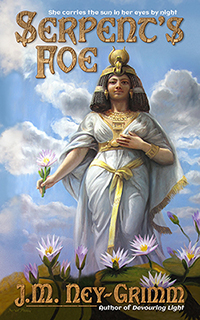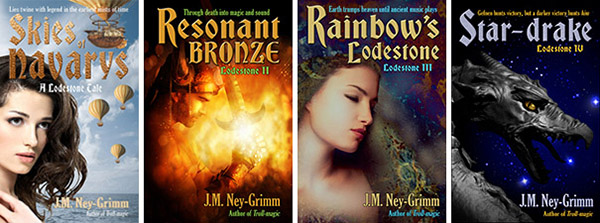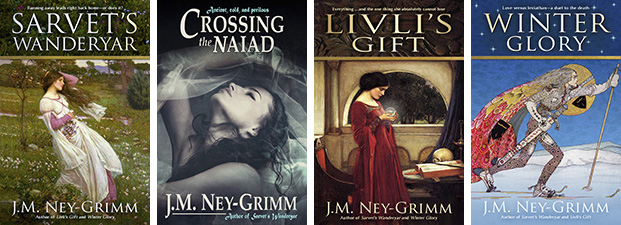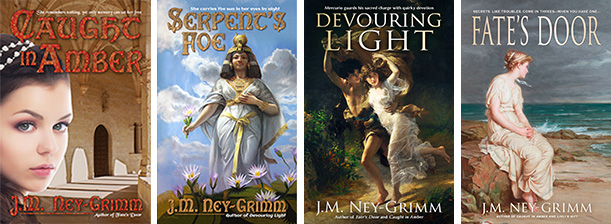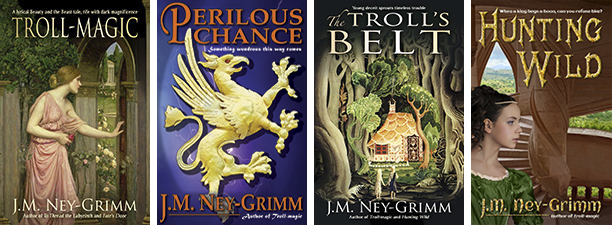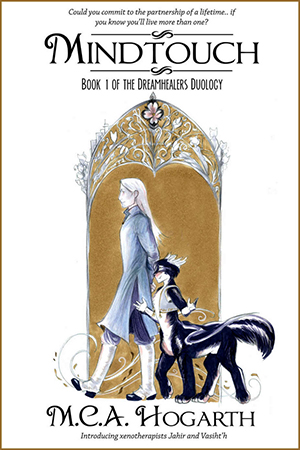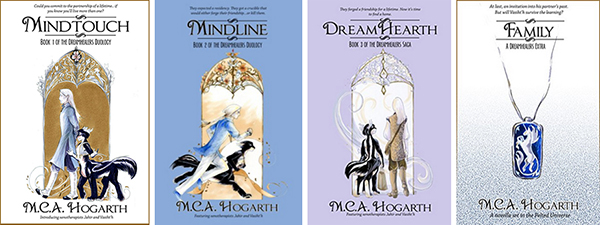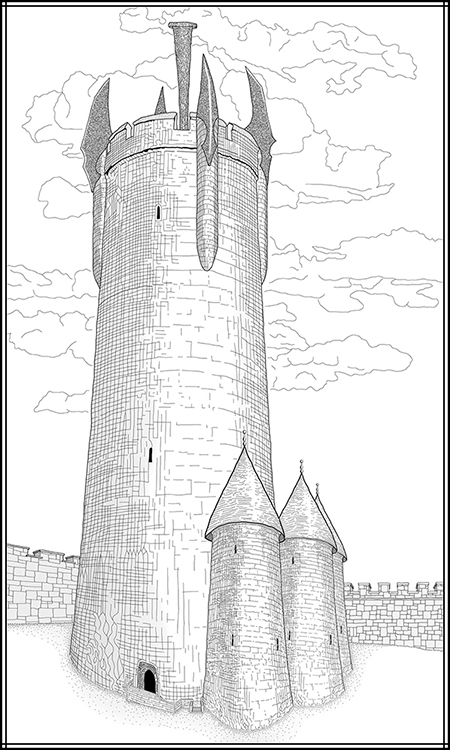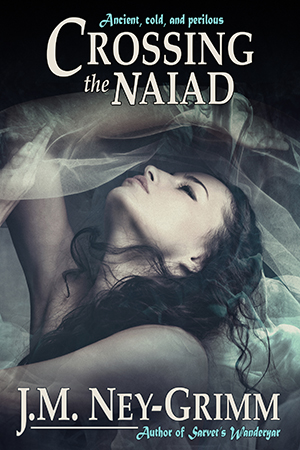 I remember how nervous I was when I commissioned the cover for The Tally Master from Deranged Doctor Design. Their portfolio of work looked wonderful. But would my cover match that excellence? Would they be able to find compelling images that worked with my Bronze Age setting? Would they really be able to compose art for a story that they’d never read?
I remember how nervous I was when I commissioned the cover for The Tally Master from Deranged Doctor Design. Their portfolio of work looked wonderful. But would my cover match that excellence? Would they be able to find compelling images that worked with my Bronze Age setting? Would they really be able to compose art for a story that they’d never read?
I could make a long list of my worries. But I won’t. Suffice it to say that I had them. Plenty of them.
Then the day arrived when the preliminary draft landed in my inbox, and I loved it. In the words of a fellow author, it was magnificent!
And now, nearly 4 months after the book’s release, I can report that the book sold more copies at its debut than any of my other titles and continues to sell well. Clearly that sublime cover is having an effect.
It also got me thinking about all the covers on my backlist. I suspect all those books would sell more copies if only they possessed covers by DDD. I’d love to replace them. But in order to do so, I’d need to accumulate some big piles of cash. And cash is v-e-r-y tight at Casa Ney-Grimm, with some big medical bills to pay and two high schoolers approaching college. Yikes!
Which means that if my backlist is going to get “new clothes” any time in the next decade…well, let’s just say I’m not going to be shelling out $4,300 to re-cover 18 books! It would undoubtedly be worth the investment, if I had the money. But I don’t.
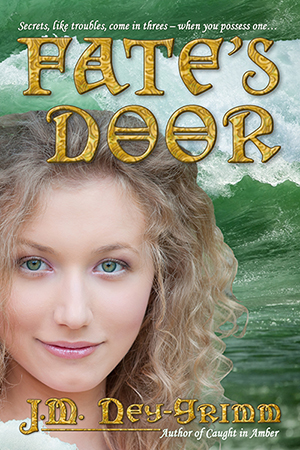 Now clearly some of my old covers are fine. Crossing the Naiad sells as though it were a novel, even though it is a short story, and that is probably due to the cover. I probably shouldn’t replace that cover at all, because…why monkey with success?
Now clearly some of my old covers are fine. Crossing the Naiad sells as though it were a novel, even though it is a short story, and that is probably due to the cover. I probably shouldn’t replace that cover at all, because…why monkey with success?
On the other hand, my novel Fate’s Door sells as though it were a short story, and that really bugs me, because I think it is a very fine work. If I could replace only one cover from my backlist, it would be Fate’s Door.
I’ll admit that I’ve been tempted. But I am determined that all new releases get DDD covers. And if I buy a DDD cover for Fate’s Door, then I won’t be able to provide WIP with a DDD cover when it releases. That’s not a good trade off.
But…I don’t think I must relegate Fate’s Door to a cover that isn’t speaking to my readers.
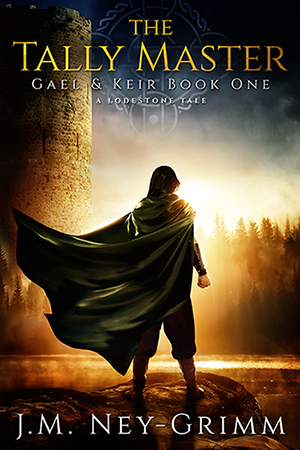 I’ve been thinking about the elements in the cover for The Tally Master and comparing them to existing cover for Fate’s Door. They are really almost visual opposites.
I’ve been thinking about the elements in the cover for The Tally Master and comparing them to existing cover for Fate’s Door. They are really almost visual opposites.
Tally has great depth of field. Fate’s depth of field is compressed, creating almost a flat effect.
The art for Tally dominates the image, with the title and byline playing a complementary role. Whereas the title and byline for Fate are ornate and large, forming an important element in the image as a whole.
Tally’s art is painterly, moody, and evocative. Fate’s art is photographic and straight forward.
Now Fate’s Door and The Tally Master are very different stories. Fate’s Door is brighter, about a young sea nymph growing up and confronting a challenge that is in part self-made, while Tally transpires in a darker milieu. The covers on the books shouldn’t have identical values.
But although the stories are different, they’re both what I would call “typical Ney-Grimm”: lush, exotic settings; depthful characters; flashes of insight into the human experience; and paeans to the strength of hope. The feeling conveyed by their covers should be more similar than not. And I think the cover for Tally got it mostly right, while the cover for Fate gets it mostly wrong.
So my idea…you knew I had an idea, right?
Actually I had several. You probably knew that, too. 😀
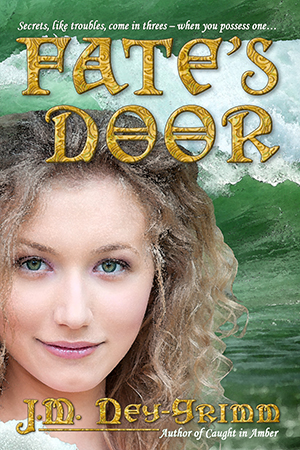 My first idea was that I could try to give my existing Fate cover a more painterly effect. I could try running the image through the watercolor filter in Photoshop. Or the oil painting filter. Or even try the software FilterForge, of which I’ve heard good things.
My first idea was that I could try to give my existing Fate cover a more painterly effect. I could try running the image through the watercolor filter in Photoshop. Or the oil painting filter. Or even try the software FilterForge, of which I’ve heard good things.
Well, that first idea didn’t work out very well. The watercolor filter is attractive (right), but it doesn’t really make the image look like a painting. To my eye, it’s really not all that different from the unfiltered version. I couldn’t imagine that the watercolor version would appeal to my readers any more than the original image.
Time for a plan B.
I tried the oil painting filter. The pastel filter. The sponge filter. In fact, I tried nearly every filter that yielded a result in color, even the plastic wrap filter! (Which really does make Nerine look like she has plastic wrap over her face. Ugh!)
 Just to give you some idea of how wrong those filters can go, I’m showing you the result of the fresco filter. It looks like something from the mod-70s to me, as did many of the other filters.
Just to give you some idea of how wrong those filters can go, I’m showing you the result of the fresco filter. It looks like something from the mod-70s to me, as did many of the other filters.
I had to conclude that running the existing image through a filter simply wasn’t going to generate the painterly effect I could see in my mind’s eye.
By now, I had the bit between my teeth. Time for a plan C. 😀
With my mind on painterly effects, I contemplated a trip into the past to solve my cover puzzle. Art by Kay Neilsen graces the covers of 4 of my books. His work fits with my North-lands, but wouldn’t be so suitable for a story set in our own Mediterranean (with some divergences north) in the Hellenistic period.
What about the works of other artists from the past?
It turns out that featuring art from the past on a cover is not quite so simple as I’d imagined. The key question is whether or not the art has been published. If it ever appeared on a postcard, a poster, in a book, or in some other way reproduced for public distribution, then it has been published.
Appearing at a public exhibition to be viewed by thousands does not constitute publication. That’s where things get dicey.
If it was created before 1923, published before 1978, and its creator died more than 70 years ago, then the image is in the public domain and I am free to use it.
If the art was created before 1923, published after 2002, and it’s creator died more than 70 years ago, it is in the public domain.
BUT if that old painting from the 1500s was first published between 1978 and 2002, then there is a chance that the publisher may own the copyright, as crazy as that seems.
I love the artwork of the nineteenth-century Pre-Raphaelites, and I had in mind specifically the work of John William Waterhouse, not a Pre-Raphaelit himself, but strongly influenced by them. He lived from 1849 to 1917, and his paintings were created between the 1870s and 1916. They were certainly candidates for the public domain. But it took me 9 hours of research to determine that they truly are in the public domain.
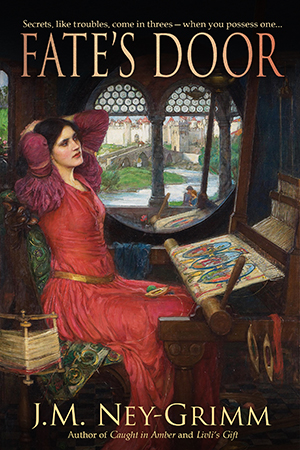 I wrote a blog post about Mother Holle (a goddess figure with roots in the Bronze Age) that featured Waterhouse art, and one of those paintings depicted Tennyson’s Lady of Shalott at her loom.
I wrote a blog post about Mother Holle (a goddess figure with roots in the Bronze Age) that featured Waterhouse art, and one of those paintings depicted Tennyson’s Lady of Shalott at her loom.
Because my heroine, the sea nymph Nerine, serves as a handmaiden to the three fates who weave the life of the world on their great loom, a beautiful painting focusing on a weaver seemed ideal.
Now Nerine is blonde and slightly younger than the weaver in the painting, but covers don’t always depict the protagonist of the story. I viewed the weaver as Mother Holle herself, in whose footsteps Nerine is following. And the mood of the painting is rich and lush. It has the right feeling for Fate’s Door, especially when compared to the cover on the first edition.
It was fun working with the painting, to create my cover. I used a more subdued treatment for the title and byline, following the trail blazed by The Tally Master. I’ll admit that I love what I developed.
But, but, but!
Of course, there’s a but!
I think the story of the cover for this book is nothing but a big long series of buts! (You may recall that I waged a heroic struggle with the color and texture of the title and byline when I was approaching the release of the paperback. I blogged about it here.)
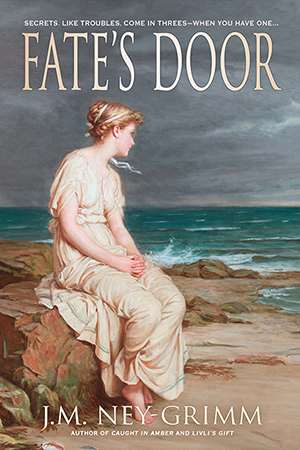 When I showed the new cover with the loom to a friend, she said, “But what about the painting of Miranda?”
When I showed the new cover with the loom to a friend, she said, “But what about the painting of Miranda?”
I didn’t immediately know what she was talking about. When I returned to the Wikipedia gallery of Waterhouse works, the painting in question jumped out at me as being perfect: a blond in Grecian garb gazing out at the sea. Nerine’s hair has greeny-gold highlights, but aside from that “Miranda” could be Nerine.
I was so utterly beguiled by the image that I just had to work with it.
So I did!
But now I’m in a quandary, because I love both versions. Which one should I use?
That is my decision to make, of course, but I’d love to know what you think. Loom? Sea?
Believe it or not, I’m considering making two versions of a new paperback, one with the loom image, one with the sea image. I can do that with paper. But I’ll have to chose one or the other for the ebook. 😀
Your opinion, s’il vous plaît?
